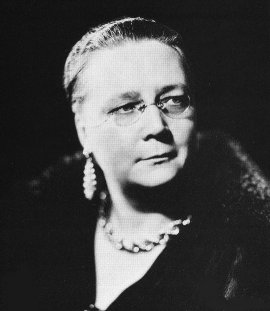For more than 50 years I have been keeping a record of all the books I've read, and I recently came upon my notebooks from the 1970s through the 1990s. They also contain lists of all the movies I've saw in theaters during those years, but that's another story. Reviewing these book lists, I've found some surprises.
 |
| Eric Ambler |
I don't remember reading so many John LeCarre novels. I just remember A Small Town in Germany. I certainly don't recall reading Debby Boone's memoir. I can't even imagine why I read it. The Sins of Herod by Frank Slaughter? No memory at all.
I still have my copy of Savage Sleep by Millen Brand, thinking I'll get around to it one day. Turns out I read it back in 1970. I didn't think I'd ever read Around the World in 80 Days, but I did. Same with a biography of John O'Hara.
Even some more recently read books are a surprise to me, such as Rob Roy by Sir Walter Scott read in 1995. Don't remember it at all. Yet I clearly recall reading Ivanhoe back in the 1960s.
In 1975 I read something called Bright Shadow of Reality. What do you suppose that was? Or what about Pablum, Parents and Pandemonium?
Awhile back I thought I read J.D. Salinger's Franny and Zooey for the second time. Turns out it was the fourth time.
Other books I remember very clearly: Green Mansions by W.H. Hudson, Livingstone by Tim Jeal, The First Deadly Sin by Lawrence Sanders, The Forgotten Victory by Thomas Fleming, Bring Me a Unicorn by Anne Morrow Lindbergh, An Unsuitable Job for a Woman by P.D. James, etc. All these were read in the early 1970s. So why remember them and not the others?











